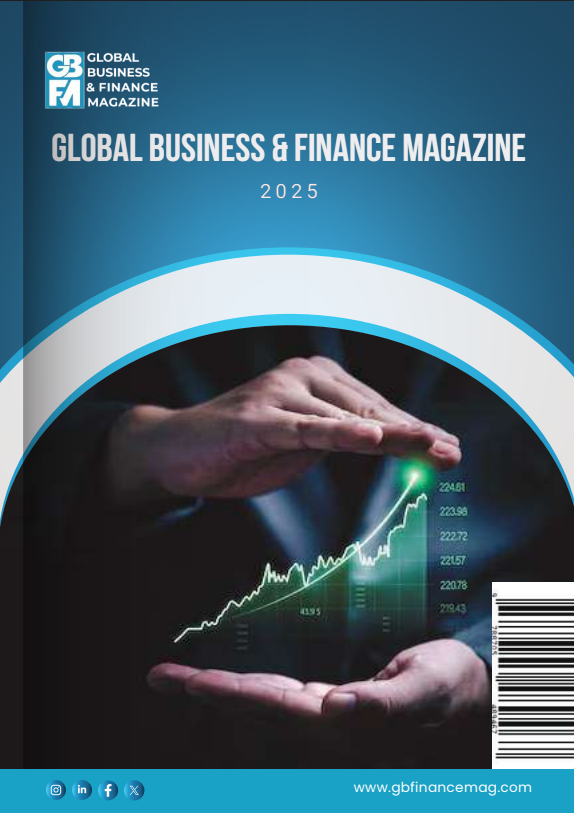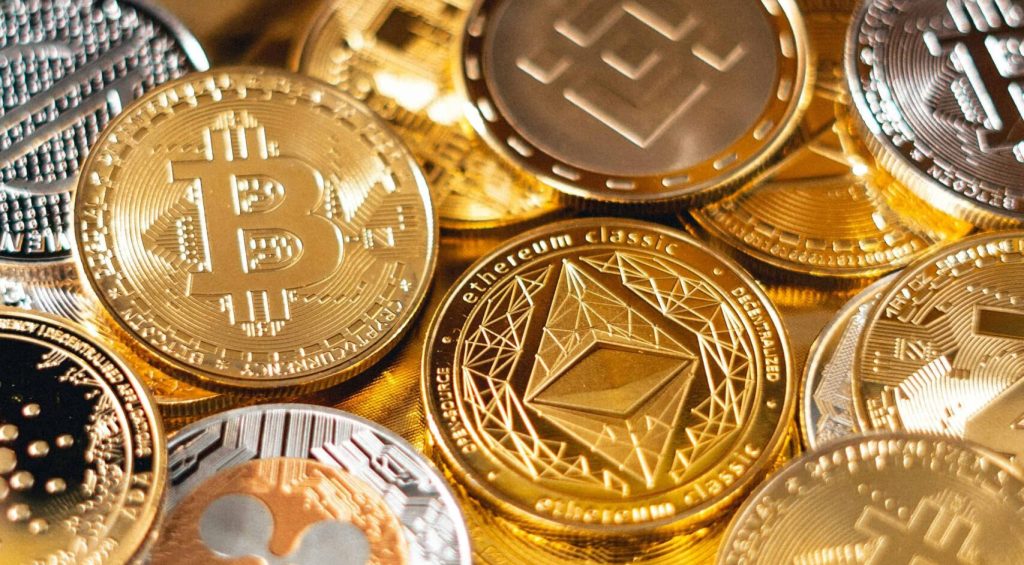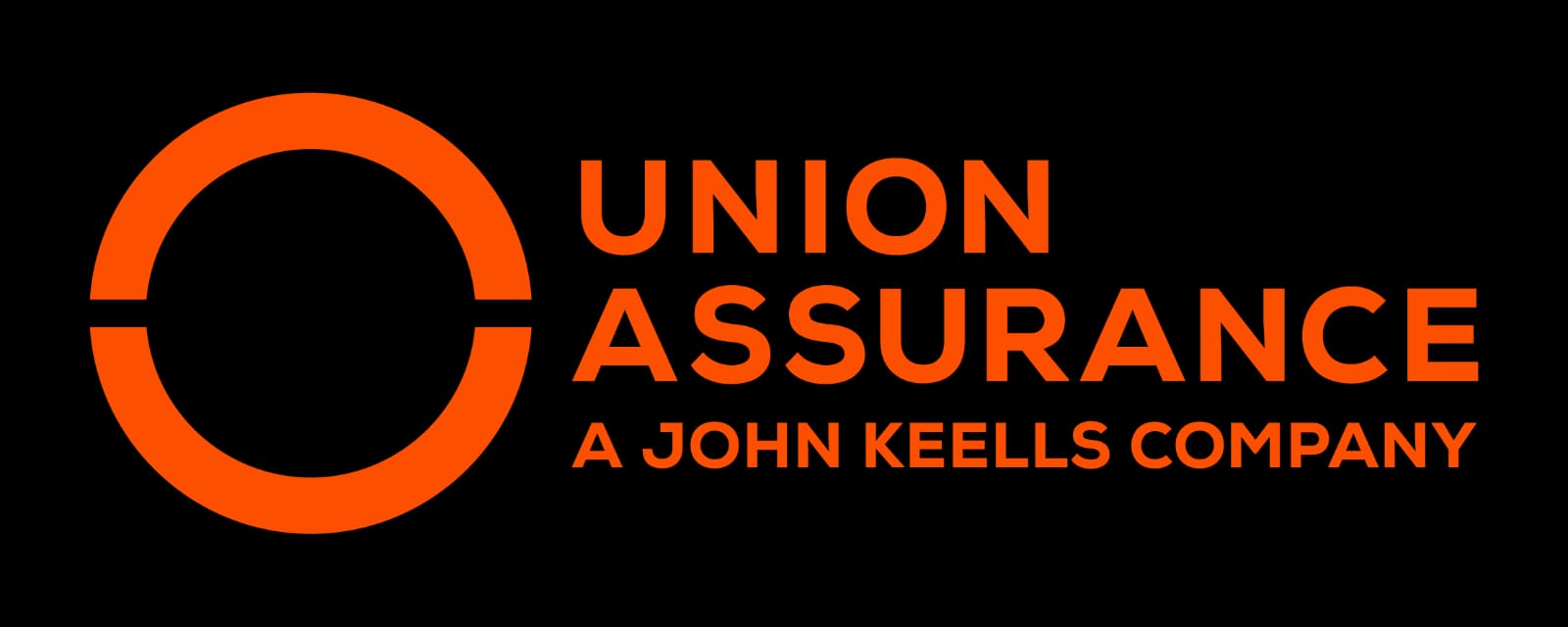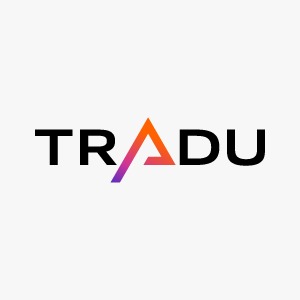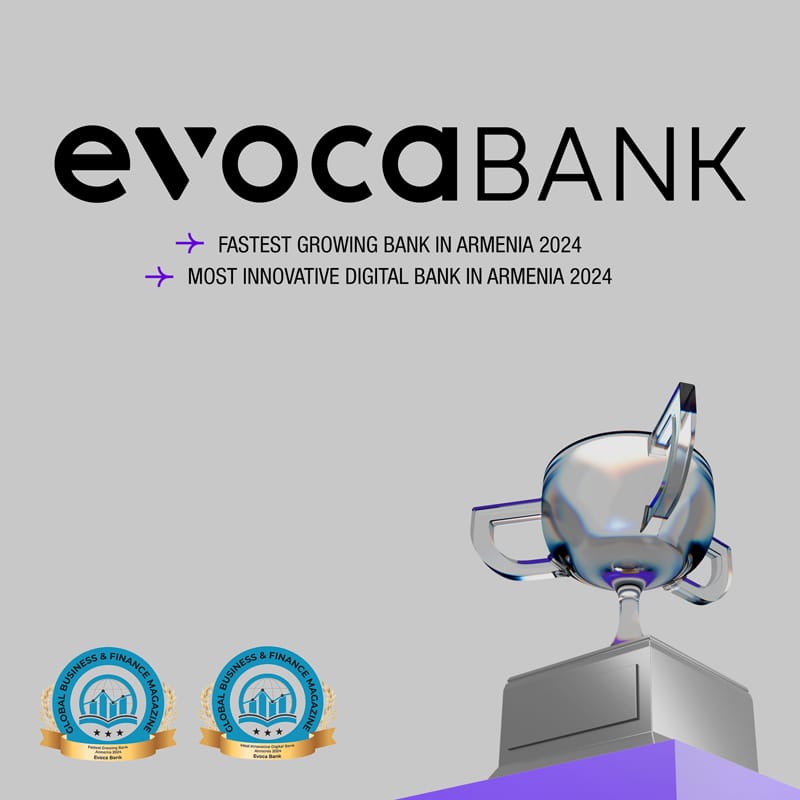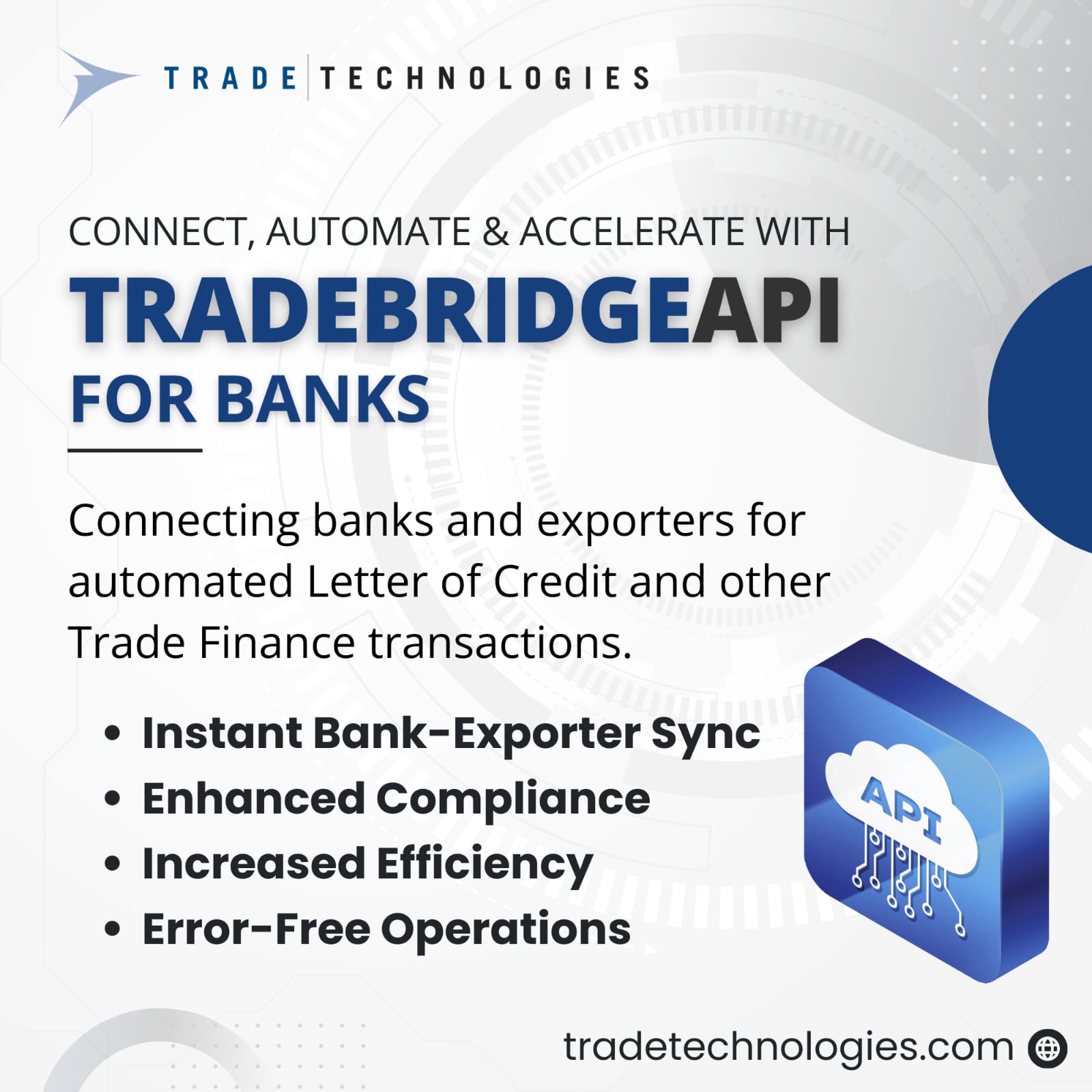The introduction of crypto technology and tokenisation is spurring changes in the financial system. Meanwhile, the Trump administration is taking steps to integrate crypto into traditional finance, most notably the GENIUS Act’s establishment of a regulatory regime for payment stablecoins. This column explores the US’ policy goals concerning digital assets and argues that tokenisation – rather than crypto-related technologies such as blockchains and distributed ledgers – is the truly transformative innovation in finance today.
Powered by a mix of crypto innovations (digital methods of recording transactions) and tokenisation (the unique, digital representation of an asset on a programable platform), technology is again driving a broad transformation of finance. To speed change, the Trump administration is seeking to promote the integration of crypto technologies into traditional finance. Its most prominent success so far, the GENIUS Act enacted in July, establishes a regulatory framework for “payment stablecoins” (US Congress 2025).
Outside of the crypto world, however, traditional intermediaries have not been standing still. They are actively innovating to cut costs and boost access. As a result, when it comes to the future of payments, tokenised bank deposits (and related innovations such as tokenized money market funds) seem likely to dominate stablecoins. In this column, we summarise our recent Policy Insight which explores the US’ policy goals concerning digital assets and highlights the advantages of tokenised deposits over payment stablecoins.
What is the US Government seeking to achieve?
The Trump administration aims for the US to be the “crypto capital of the world” (Huang 2025). This ambition extends far beyond merely promoting Bitcoin and its mining. The US Government wishes both to facilitate the entry of crypto entities into conventional banking and finance and to integrate crypto into the activities of traditional financial intermediaries.
The GENIUS Act is a cornerstone of this policy. It authorises banks (through subsidiaries) and qualified nonbanks to issue payment stablecoins and to serve as custodians. It also assigns oversight of payment stablecoins to banking regulators and mandates them to develop standards for interoperability with the broader financial system. By creating networks of stablecoins, deposits, and securities, interoperability would embed crypto deeper into the financial infrastructure.
Beyond the GENIUS Act, the President’s Working Group on Digital Assets has called on regulators to clarify and expand permissible crypto activities for banks, refine supervisory expectations for safe conduct, and clarify how depository institutions can hold crypto assets on their balance sheets (White House 2025). A key principle underlying this approach is the concept of ‘technologically-neutral’ regulation: “the same business presenting the same risk should be governed by the same rules”, regardless of the underlying technology.
The burgeoning market capitalisation of crypto assets – currently around $4 trillion – both drives and is a result of these US policy changes. One prominent example is the approval of Bitcoin and Ethereum ETFs that are normalising crypto holdings for investors. Concentrated crypto wealth is also fuelling an extraordinary expansion of lobbying, which is promoting political support for crypto legislation and pro-crypto candidates (Goodman 2025). The expanding political access is creating notable conflicts of interest and the potential for regulatory capture (The Wall Street Journal 2025). In general, the deeper crypto becomes embedded in traditional finance, the more difficult it will be to reverse. For example, US policymakers could face irresistible pressure to bail out a systemic bank if a future crypto collapse threatened its survival.
How have traditional payments evolved?
Most payments have been digital for decades. People make purchases and trade stocks and bonds with their mobile phones. They can go months without using physical cash. Domestic settlement of transactions typically occurs within seconds or minutes. The process is highly reliable, but is reversible should the need arise. In most cases, costs that are not already low are falling (even in supposedly stubborn activities like cross-border remittances; World Bank 2024). Mechanisms are also in place to prevent illicit transactions (and to report suspicious ones).
The commercial banking system forms the backbone of this payments network with bank deposit balances serving as the primary form of ‘money”’that is convertible at par into central bank reserves. For the most part, confidence in finality of payment exists because settlement occurs on a central bank’s balance sheet.
Despite these strengths, there are areas for improvement. Domestic retail transactions can be costly, and interbank transfers can still take several days. Furthermore, some US households continue to lack access to traditional banks, relying instead on costly alternatives.
The central question remains: will stablecoins offer the solution to these lingering obstacles, or are there more competitive alternatives for payments that are emerging outside the crypto world?
Payment stablecoins versus tokenised deposits
This question leads us to a direct comparison of payment stablecoins and tokenized deposits. Payment stablecoins, like Tether’s USDT and Circle’s USDC, are reserve-backed tokens pegged to a government-issued currency, primarily the US dollar. Stablecoins originated as a means of payment within the crypto ecosystem and currently serve as a bridge between traditional finance and crypto assets. While many crypto asset issuers are now advocates of regulation – presumably to gain legitimacy – their roots lie in the enthusiasts’ vision of a decentralised system devoid of intermediaries or governments. Tokenised deposits, on the other hand, are digital representations of traditional bank deposits, such as JPMorganChase’s JPMD. They are still in the experimental stage, with JPMD available to institutional clients only since June 2025.
Both stablecoins and tokenised deposits clear and settle around the clock (24/7/365). They also are subject to Bank Secrecy Act (BSA) provisions (know your customer (KYC)/anti-money laundering (AML)/anti-terrorist finance (ATF)). 1 However, a comparison of stablecoins with tokenised deposits reveals the latter’s numerous advantages.
- Established reputation. The most likely issuers of tokenised deposits – such as JPMorganChase – will be globally recognised, systemically important banks that have established their reputations over decades and serve customers in dozens of countries. They have deep experience in cross-border transactions, robust data protection, well-tested continuity of operation, and a high-quality employee base with extensive technological skills. In stark contrast, stablecoins have only a few years of history and their leading issuers today are nonbanks.
- Regulatory framework and government guarantees. Tokenised deposits can leverage the existing, well-established legal and governance structure of traditional deposits, including their long history of prudential regulation. Backed primarily by the issuing bank’s entire balance sheet, they also enjoy deposit insurance, access to the central bank and, for the largest, most systemic banks, implicit ‘too-big-to-fail’ guarantees.
Nonbank stablecoin issuers have none of these. Indeed, the temporary 2023 plunge in USDC’s price (due to Circle’s inclusion in USDC’s reserves of large, uninsured bank deposits in SVB) serves as a stark reminder of the fragility of both stablecoin issuers and their coinage (see Figure 1 and Acharya et al. 2023). Despite this troubled history, the GENIUS Act does not oblige regulators to impose capital requirements on stablecoin issuers. In the absence of adequate capital, stablecoins are unlikely to serve reliably in periods of financial stress as information-insensitive ‘money’ (Dang et al. 2020). - Financial benefits. Banks pay interest on tokenised deposits, just as they do on traditional deposits. Reflecting their access to central banks, commercial banks also redeem deposits at par, so that customer withdrawals are not taxable events. In contrast, the GENIUS Act prohibits stablecoin issuers from paying interest. To be sure, some stablecoin custodians offer ‘rewards’ (for example, Coinbase and PayPal offering 3-5%) (Lutz 2025). However, banks are actively pushing for legislation to close this ‘loophole’ (Bank Policy Institute 2025). Moreover, as Figure 1 highlights, the value of stablecoins can deviate substantially from par.
Figure 1 Daily trading range of USDC, 9 March 2023 – 15 March 2023


Source: Coinmarketcap.com.
- Protections against illicit use. Reflecting their Bank Secrecy Act (BSA) obligations, banks actively police their platforms to exclude hackers, sanctions evaders, terrorists, and other criminals, providing a high degree of comfort to their legitimate clients. Moreover, deposits, unlike stablecoins, are not bearer instruments: a bank knows each customer’s identity and observes all their transactions. While the GENIUS Act mandates BSA compliance (KYC/AML/ATF) for issuers of payments stablecoins, the widespread use in the crypto world of noncustodial wallets, where ownership is unregistered and anonymous, makes it more challenging for issuers to prevent illicit use of their stablecoins. 2
- Powerful network externalities. The financial behemoths that are most likely to issue tokenised deposits (or tokenised money market funds) have vast, well-established retail and wholesale ecosystems. For example, JPMorganChase, the largest US bank, has tens of millions of customers and a wide array of complementary products. As more customers adopt products like the bank’s tokenized deposit (JPMD), the internal (‘on us’) market becomes significantly more liquid, facilitating instant and minimal-cost settlement within and across borders. Moreover, were a few, too-big-to-fail banks to accept each other’s tokenised deposits at par, the resulting ‘21st-century clearinghouse’ would be a virtually irreplaceable juggernaut. Current nonbank stablecoin issuers lack this potential breadth and scale.
- Privacy protection. Banks issuing tokenised deposits are accustomed to ensuring privacy protection consistent with standards wherever they operate, at the same time they allow for necessary monitoring and cross-jurisdictional fund transfers. In contrast, anyone with the appropriate tools can trace stablecoin transactions on a public blockchain.
- Reduced cross-border risks. The fungibility of stablecoins introduces cross-border risks: if redemption does not occur in the same place as issuance, stablecoin assets would not automatically migrate, potentially leading to run risks and their transmission of shocks across borders (Portes 2025). In the absence of ring-fencing, banks back their deposits with their entire global balance sheet, so they can redeem tokenised deposits wherever they operate.
- Multi-currency versatility. By market value, about 99% of stablecoins currently are pegged to the US dollar, while traditional international intermediaries generally offer liabilities in several leading currencies. A truly multicurrency provider probably will be less worrisome to non-US regulators than an expansion of dollar-backed stablecoins, which might invite currency substitution.
In conclusion, we view tokenisation – rather than crypto-related technologies such as blockchains and distributed ledgers – as the truly transformative innovation in finance today. In the case of commercial bank deposits, their tokenised avatars add the compelling advantages of programmability and the potential for instant, safe, low-cost settlement even across borders. Despite their promotion by the US Government, stablecoins are unlikely to displace the most ubiquitous (and most traditional) payment instrument anytime soon.
Source : VOXeu
